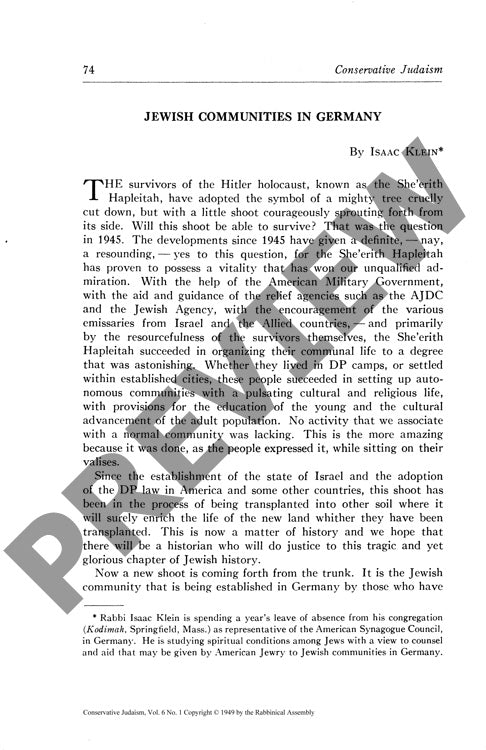Jewish Communities in Germany
Couldn't load pickup availability
The survival of Jewish communities in post-Holocaust Germany hangs precariously between resilience and decline, shaped by the devastating legacy of the Shoah and complex demographic challenges. Through extensive ethnographic fieldwork across displaced persons camps, established cities, and religious schools, this research reveals a stark portrait of communities divided between Eastern European survivors and German-born Jews struggling to maintain cultural continuity. Observational analysis and interviews with community leaders expose critical challenges: a small total population of 10,000-25,000, an aging demographic profile, rising intermarriage rates, and severe shortages in religious leadership and educational infrastructure. Site visits to various Gemeinden, combined with comparative analysis of other Western European Jewish communities, demonstrate that German Jewish institutional survival depends heavily on coordinated support through unified organizational structures at national and pan-European levels. These findings highlight how the future of German Jewish life remains inextricably linked to broader European Jewish rebuilding efforts, particularly given the destruction of traditional Eastern European centers of Jewish learning and leadership.

More Information
-
Physical Description
-
Publication Information
Published 1949
ISBN
-
Publication Credits
Isaac Klein

